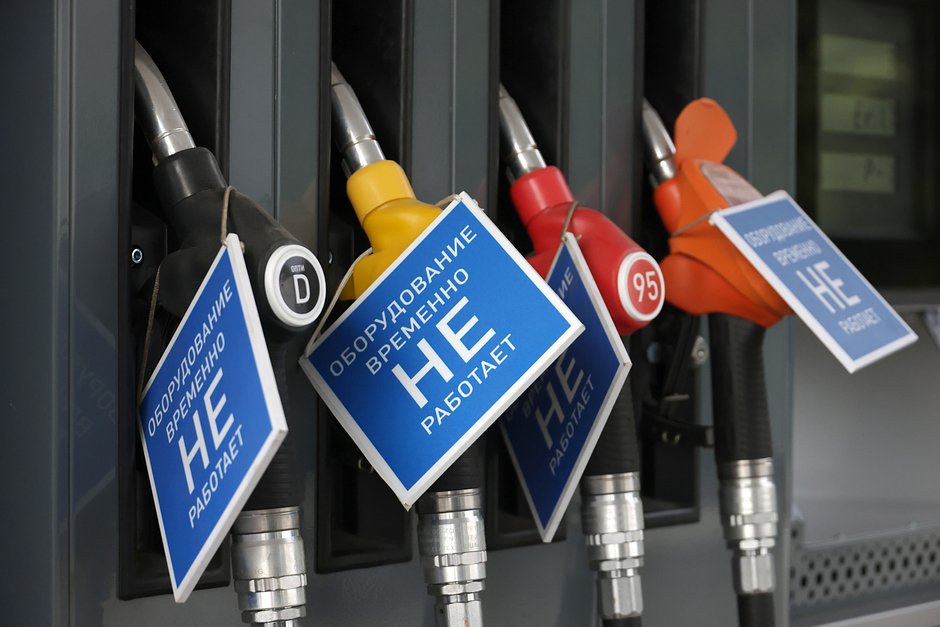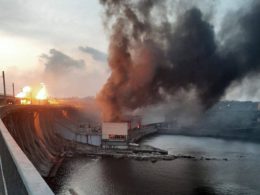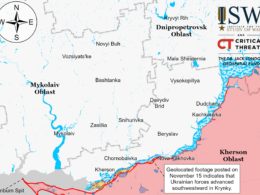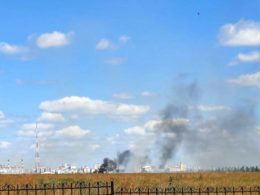Russian drivers are facing rising gasoline prices and growing shortages as Ukraine’s long-range strike campaign targets Russian fuel infrastructure, according to Russian state media reports cited by the Institute for the Study of War (ISW).
Ukraine has intensified long-range drone and missile strikes on Russian oil refineries and fuel depots in recent months, targeting facilities that supply the Kremlin’s war effort. The campaign has caused repeated fires, fuel shortages, and rising prices across Russia.
A poll reported by Gazeta(.)ru on October 18, conducted by the online finance platform WEBBANKIR, found that 74 percent of Russian drivers have “noticed” gasoline price increases since August 2025, while 90 percent expect further increases.
More than half (56 percent) consider the price hikes significant, and nearly 19 percent have encountered empty gas stations.
Around 40 percent of drivers said they have altered their driving habits in response, and 38 percent are switching to cheaper fuel options.
Gazeta(.)ru noted that gasoline prices have risen roughly 10 percent since January 2025, marking the sharpest increase in 15 years.
Yuriy Valko, head of the Russian Union of Auto Services, said Russian gas stations are increasingly selling low-quality gasoline. Chinese automaker Geely Motors attributed a series of recent vehicle breakdowns to the use of Russian gasoline, which reportedly contains higher levels of byproducts than its engines are designed to handle.
ISW assesses that Ukraine’s strikes are increasingly affecting Russia’s domestic gasoline market, driving shortages, price spikes, and inflation pressures, and likely contributing to broader macroeconomic instability.
Observers note that Russian state media’s candid reporting of widespread fuel impacts signals that these shortages are intensifying and affecting more people.





